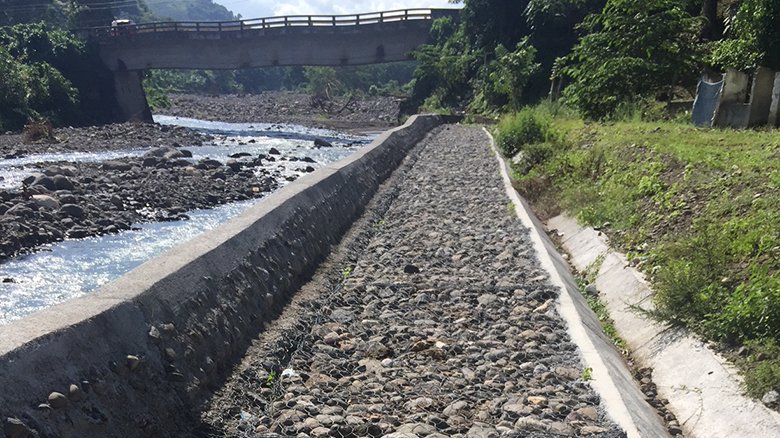Beneficiary Story
Calixta Mart¨ªnez, a project beneficiary and leader of the Gar¨ªfuna organization Mariposa Negra, which covers five communities in the Department of Atl¨¢ntida, shared the following anecdote: "The Project was very helpful. We learned about disaster risk mitigation, and when Eta and Iota struck Honduras, there was no loss of lives in our community. Alerts were issued to the population in advance, due to the capacity building given to us by the project, and we alerted other neighboring communities on time."
Challenge
Honduras is a lower-middle-income country with an estimated population of 10.06 million and a . The country faces significant development challenges, with , in 2018. The country's high vulnerability to natural hazards and climate change, including hurricanes, tropical storms, floods, droughts, earthquakes, and landslides, has hindered efforts to sustain economic growth and reduce poverty. In 1998, was particularly devastating, affecting 90 percent of the country and approximately 6.2 million people, causing 5,657 deaths, and . Following this catastrophe, the Government recognized the importance of shifting from a focus on response to investing in prevention and mitigation. However, poverty, urbanization, environmental degradation, and climate change continue to contribute to the country's high vulnerability to natural hazards.
Approach
The PGRD supported Honduras to: (a) continue strengthening its capacity for integrated DRM at the municipal and national level; and (b) improve its capacity to respond promptly and effectively to an eligible emergency. It aimed to continue to strengthen the outcomes achieved by the WB Proyecto Mitigaci¨®n de Desastres Naturales (PMDN) and address remaining gaps in understanding and managing disaster risks.
National-level DRM capacities were strengthened by improvements in hazard knowledge and early warning systems though investments in the National Center for Atmosphere, Oceanography and Seismic Studies (Centro Nacional de Estudios Atmosf¨¦ricos, Oceanogr¨¢ficos y S¨ªsmicos, CENAOS) and in hazard monitoring stations that collect and transmit data on natural hazards.
At the municipal and community level, investments in municipal development and territorial planning methodologies improved preparedness and enabled risk-informed decision-making. The participatory methodology applied in the project engaged local authorities and communities in identifying disaster and climate risks and preparing Municipal DRM Planes Municipales de Gesti¨®n de Riesgos (PMGRs) and Municipal Emergency Plans or Planes de Emergencia Municipal (PEMs).
In addition, response capacity at the municipal and community level was improved by the creation, organization, and training of the emergency committees or Comit¨¦s de Emergencia Municipal (CODEM) and Comit¨¦s de Emergencia Local (CODEL), while the development of an Indigenous Peoples Plan (for Garifuna and Tolupanes) ensured that Indigenous Peoples participated in the DRM process. Consultation with Indigenous Peoples and the Afro-Honduran population in project areas was an impactful pilot that provided the national DRM Agency (Comisi¨®n Permanente de Contingencias, COPECO), with a better understanding of the needs and risks these communities face, while building local preparedness for the most vulnerable communities.
Structural mitigation works, such as bridges and stormwater canals, reduced household risks to natural hazards and improved the lives and livelihoods of communities. The CODELs and CODEMs were involved in the implementation of these works and are expected to contribute to their maintenance, supporting the sustainability of the investments.
